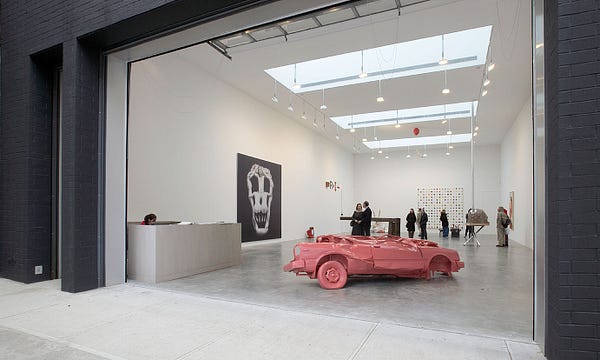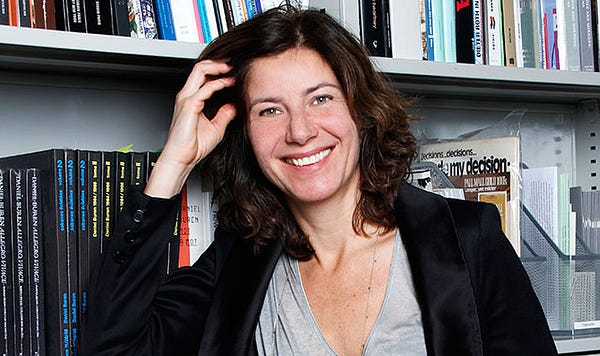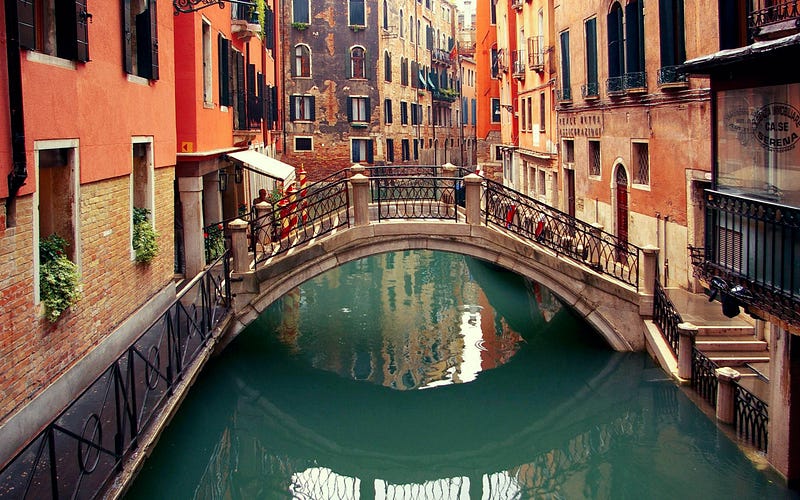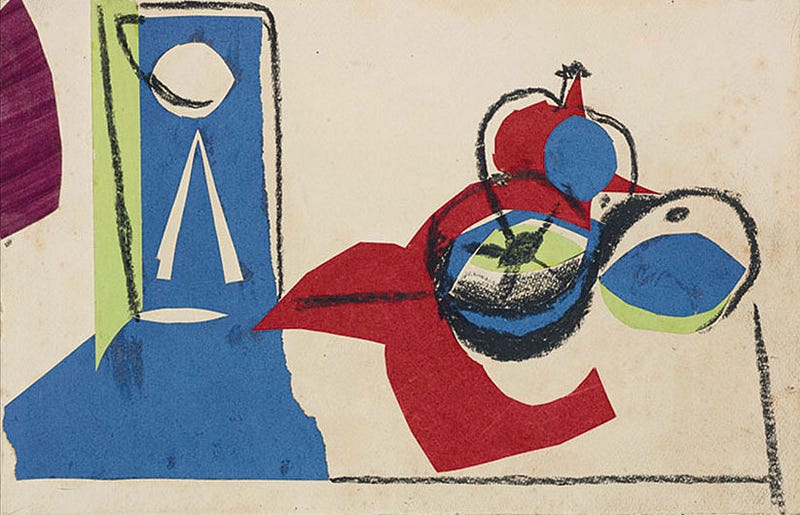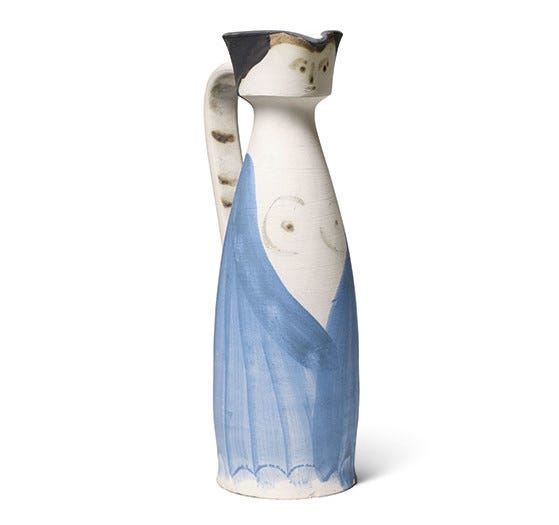9 Wacky and Wonderful Found-Object Sculptures From Across Art History
By Artspace Editors
Dec. 23, 2015

Salvador Dalí's Lobster Telephone, 1938
When
Marcel Duchamp made his "Fountain" by elevating a men's room fixture to a plinth in a gallery, he encouraged artists to consider the selection of non-art goods as part of the creative act. The gesture may not look as radical a century on, but it continues to inspire; today, you might walk into a gallery and see
Darren Bader's cats or tacos. The works below, excerpted from
Phaidon's The Art Book,
30,000 Years of Art, and
Body of Art, each exploit the arresting presence of the found object.
FOUNTAIN
Marcel Duchamp
1917

In his early work the painter, sculptor and writer Marcel Duchamp (1887–1968) experimented with Post-Impressionism, Fauvism and Cubism. He quickly grew impatient of styles and approaches he understood and sought more radical forms of art. In 1917 he became president of the Society of Independent Artists, an association that held annual exhibitions to offer progressive American and European artists the chance to show their work. In the same year Duchamp submitted Fountain, under the pseudonym R. Mutt. The work was a factory-made urinal that he displayed on its side and on a plinth. The piece was rejected by the jury and Duchamp resigned. (The original was soon lost, but Duchamp commissioned a number of reproductions years later; this version dates to 1964.)
Fountain was one of many
readymades that Duchamp took from everyday life and place in a gallery context in order to question not just the beauty and value of art, but also its entire concept. As such his art was known as anti-art, or Dada. Duchamp became a legend in his own lifetime, and countless contemporary artists have acknowledged a deep debt to him. His highly conceptual form of art inspired numerous twentieth-century movements, including Pop Art, Minimalism, Op Art and Conceptual Art. His work exists in a space between painting, sculpture and installation and asks the questions, "Who is an artist?" and "What is art?"
LOBSTER TELEPHONE
Salvador Dalí
1938
A plaster lobster has been attached to the receiver of a telephone; a slight modification has turned an everyday object into something ludicrous. An incessant showman, and outspoken member of the Surrealist group, Dalí promoted the idea of absurdity and the role of the unconscious in art. He also drew close analogies between food and sex, and in the current example he intentionally positioned the genitalia of the lobster in line with the mouthpiece of the receiver. Whilst he made a variety of Surrealist objects, the artist is best known for his meticulously worked paintings in which dream-like scenarios become unnervingly vivid. Dalí was also involved in the production of a number of films, working on projects with Luis Buñuel, Alfred Hitchcock and Walt Disney. The artist produced several versions of the Lobster Telephone. The example below belonged to Dalí’s important English patron, Edward James.
UNTITLED
Joseph Cornell
c. 1950

A frugal assortment of stamps, newspaper cuttings and other objects with no particular relevance to each other is placed in a wooden box. This container acts as a metaphor for the whole world, inhabited by these strange items. It is also a treasury of curiosities that is compelling to explore and evokes a mood of nostalgia. The fragments of once ornamental or beautiful objects come together in a magical and dream-like way. This is Cornell’s genius, and why he has proved so popular over the years. The randomness of these "assemblages", as they are known, reflects Cornell’s interest in the irrationality of Surrealism. Nevertheless, a sense of order and precision pervades pieces such as this. Of his own work Cornell once said, "Shadow boxes become poetic theatres or settings wherein are metamorphosed the elements of a childhood pastime."
Bed represents one of Robert Rauschenberg’s (1925–2008) signature "combine" paintings – works that combine painting and three-dimensional found objects. This work started one day when, having no money left for canvas, Rauschenberg resorted to stretching a quilt in his New York loft. After painting on it for some time, it still read quite clearly as a quilt and, rather than continuing to fight against the character of this found object, he decided to capitalize on it and added a pillow and sheets to make up a whole bed. Although this bed is intended to hang on the wall, the painted and drawn areas appear precisely where one would expect to see the visible parts of a sleeping body: head on the lower half of the pillow, shoulders and torso on the sheets, arms resting on top of the quilt. The absence of this imagined body led one anonymous Newsweek reviewer in 1958 to compare the piece to a bed from a murder scene from which the corpse had been removed. But the bright colors and playful gestures can also elicit whimsy. Rauschenberg himself said: "I think of Bed as one of the friendliest pictures I’ve ever painted. My fear has always been that someone would want to crawl into it."
ELECTRIC DRESS
Atsuko Tanaka
1956

A colorful array of fickering light bulbs and electrical wires are arranged to form a dress that when worn, covered the artist’s body from head to foot, leaving only her hands and face visible. Atsuko Tanaka’s (1932–2005) wearable sculpture, which combines modern industrial lighting with the traditional Japanese kimono, was frst devised for a performance in 1956. The work simultaneously drew attention to her body while concealing it in a dazzling display of light and color. Its fusion of technology and flesh made a powerful impact, and although many viewers were awed by Tanaka’s creation, others were concerned that she might electrocute herself. As a young artist Tanaka joined the Gutai group, a collective of experimental artists who created large-scale multimedia events, performances and theatrical productions. They aimed to disassociate themselves from the horrifc events of Japan’s wartime past by breaking traditional boundaries and developing new and radical approaches to making art. Drawing inspiration from modern Japanese advertising, Tanaka’s Electic Dress was intended as a statement about the rapid post-war transformation of her native country. However, it inadvertently raised issues about women’s bodies and the way in which fashion and the prevailing attitudes towards femininity in Japan constrained and subdued female expression and creativity.
The artist has concocted an urban landscape out of a collection of containers of frosted glass. The group of objects has been arranged to evoke feelings of both familiarity and strangeness. The glass shelf could be found in any home. It too might be displaying objects that mean something to their owner, but not to the viewer. The two large vases at the bottom right and left support the structure and give the composition amazing symmetry and stability. The entire composition takes on the feel of a Greek temple, so stabilizing is their influence. Cragg has specialized in the arrangement of industrial objects. His works are an exploration of the space between reality and the imagination. His compositions frequently evoke the idea of consumer waste, yet they are often arranged with a delicate sense of poetry, and a sensitivity to the beauty of still life.
AU NATUREL
Sarah Lucas
1994

Sarah Lucas (b.1962) rose to prominence as part of the generation of "Young British Artists", whose work often employed visual puns and witty one- liners more common to advertising and popular culture than fine art. Throughout her career, Lucas has repeatedly returned to the body as subject, in particular its visual representation outside of the realm of high art. Au Naturel is an assemblage of found objects arranged to suggest explicitly male and female bodies. The title is an expression used to describe nakedness in a positive light – as nature intended, without the constraints of clothing – yet here, bodies are reduced to their most basic functions, existing only as sexual parts. A number of Lucas’s works have used food to represent the body – fried eggs as breasts, a kebab or raw chicken as female genitalia. Here, the use of melons, oranges and a cucumber reference a bawdy, direct humour that has existed across cultures for generations, but which is not usually seen in the context of a gallery. The mattress that holds the fruits in place points to the most common location for sex, and yet its slouched, stained appearance speaks of squalor and grime: revealing a disparity between mundane reality and romantic fantasy.
UNTITLED
Doris Salcedo
2003

Doris Salcedo (b.1958) created this elaborate installation as her contribution to the Istanbul Biennial in 2003. The piece featured 1550 ordinary wooden chairs crammed into a space between two buildings in an area of the city containing numerous hardware shops and small businesses. Visually stunning, the work has no precise meaning, though it alludes to the way that war, and its devastation, can become embedded in everyday life, and has also been seen to represent the migrant workers who go unrecognized in society yet underpin our global economy. Salcedo’s artworks often use architectural interventions, and domestic objects and materials, as a means to communicate political ideas. In 2002 she used chairs to represent human loss, slowly lowering 280 individual seats down the façade of the Palace of Justice in Bogotá to commemorate the lives of those killed in a failed coup 17 years before. The performance took place over a period of 53 hours, the same duration as the original siege. Salcedo created a permanent scar in the floor of the Turbine Hall in Tate Modern, London, in 2007 for the installation Shibboleth, which featured a dramatic crack running the length of the space and aimed to address the divisions of race and colonialism that exist in the modern world.
LINE OF CONTROLSubodh Gupta2008

Line of Control is an enormous installation artwork portraying a mushroom cloud formed by thousands of shiny pots and pans. Domestic objects feature regularly in Subodh Gupta’s artworks, and he particularly uses items that are common to everyday Indian life, including the tiffin boxes that are used by workers to carry lunch, as well as thali pans, buckets and bicycles. The title of this work refers to the military border between Pakistan and India, and the installation expresses the fear of a nuclear war between the countries. Another recurring theme in Gupta’s art is transport, and he has created sculptures of a taxi carrying an enormous load, which is portrayed half-submerged in the gallery floor (Everything Is Inside, 2004), and a traditional Keralan fishing boat, filled with silver utensils and electric fans (All in the Same Boat, 2013). Gupta (b.1964) was born in Khagaul, Bihar, India, a mostly rural area, though he now resides near New Delhi. His art examines themes that are pertinent to the country, including political questions about inequality and the divisions between rural and city life, but the striking imagery he uses in his work has a universal appeal and it has been exhibited in galleries and museums all over the world.
RELATED ARTICLES
